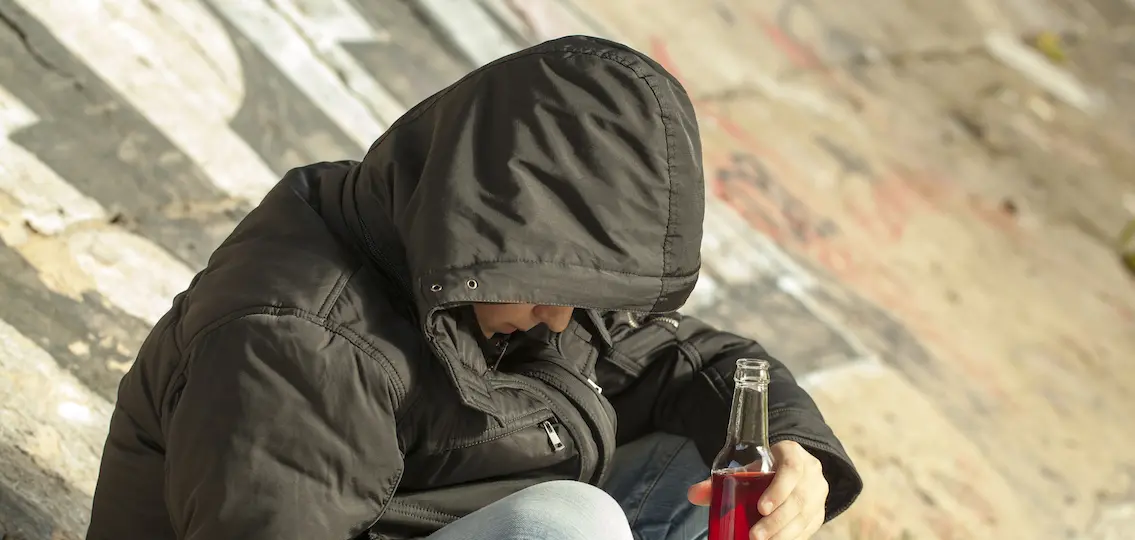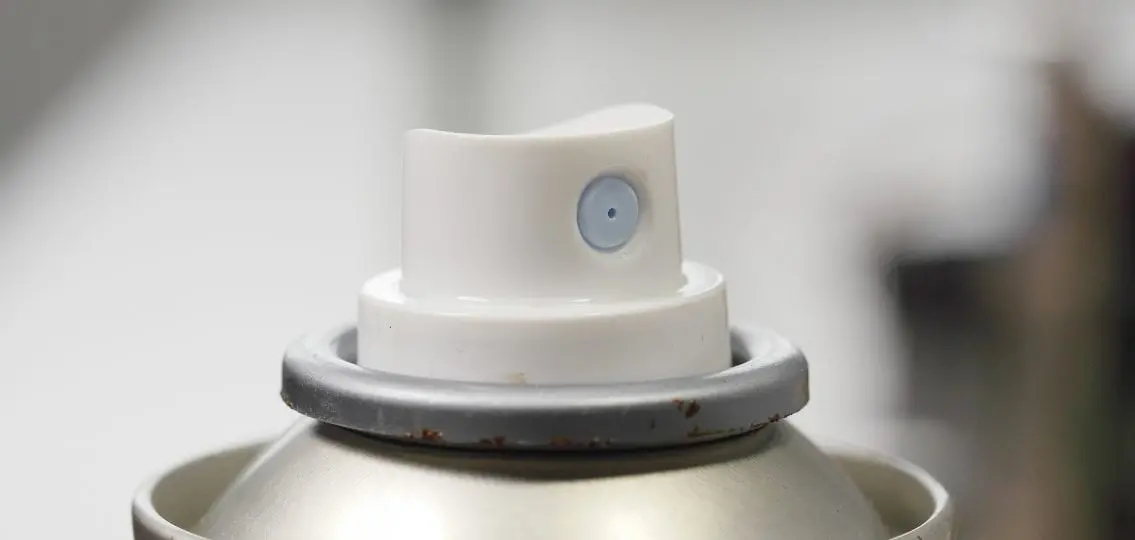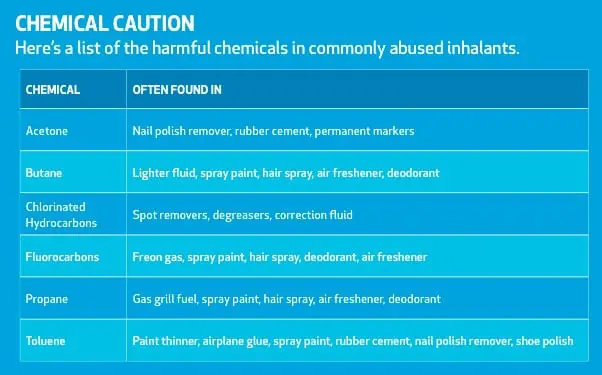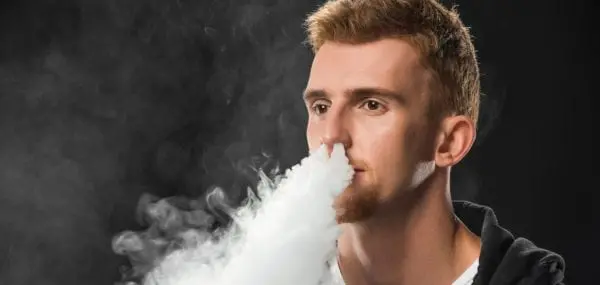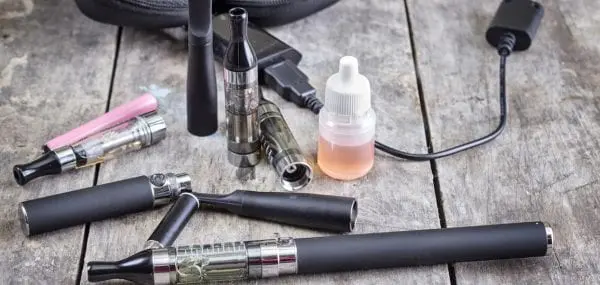When Jeff Williams couldn’t find his 3-pack of Dust-Off, he questioned his 14-year-old son, Kyle. “Kyle told me that he and my 12-year-old son, Corey, had run around the house spraying each other with it,” says the Cleveland police sergeant.

Although Williams was angry that the boys had wasted the $10 he paid for the product, he shrugged off the incident as kid mischief and bought another can. Two days later, though, when Kyle’s mother, Kathy, tried to wake her teenage son up for school, she found Kyle lifeless in his bed, with the red straw from the new Dust-Off container in his mouth and the can in his hands.
An autopsy revealed that Kyle had died from Sudden Sniffing Death Syndrome, which occurs when inhaled chemical fumes and a surge of adrenaline cause the heart to beat irregularly and abruptly stop.
“Until Kyle’s death, we knew nothing about inhalants,” Williams says. A sheriff ’s investigation indicated that Kyle had no idea of the danger he was in, either. Just two weeks earlier, a friend on his school bus had shown him how to inhale Dust-Off to get a quick euphoric feeling, similar to that of other illicit drugs. In turn, Kyle, an average student who loved playing computer games, tried to entice his best friend. He told him inhaling Dust-Off was fun and that it couldn’t hurt him because it was just canned air. Fortunately, his best friend said, “No.”
If only Kyle had.
The Dangers Of Using Inhalants
The Williams’ story may sound extreme, but it’s not uncommon. According to a study in Addiction Science & Clinical Practice, an estimated 22.5 million people, age 12 and older, have used an inhalant to get high at least once, and every year, more than 750,000 use inhalants for the first time. Abusing inhalants takes three forms: breathing noxious fumes directly from the container of a commercial product (called “sniffing,” “sorting” or “dusting”); inhaling the substance from a rag placed over the mouth or nose (“huffing”); or sniffing the fumes from a plastic bag containing the substance (“bagging”).
“The chemical vapors get absorbed in the bloodstream and cross the blood/brain barrier into the cerebrospinal fluid, which circulates around the brain and the spinal cord,” says Brian Espinoza, M.D., a psychiatrist at St. Luke’s Behavorial Health Center in Phoenix, Arizona.
Once the vapors hit the brain, users feel light-headed, dizzy and elated for just one to two minutes—enough to keep some kids coming back for more. Inhalants can be physically and psychologically addictive. And the use of inhalants can lead to a myriad of physical and mental health problems, including memory loss, delusions or hallucinations, slurred speech, heart problems, kidney failure and dementia.
Inhalants can also be a gateway drug. Studies show that children who abuse inhalants early in life are more likely to later use other illicit substances.
Of course, inhalants can also kill. Roughly 50 percent of inhalant-related deaths are attributed to Sudden Sniffing Death Syndrome. “It doesn’t matter how strong your heart is or how healthy you are. Everybody is susceptible to Sudden Sniffing Death Syndrome,” says Harvey Weiss, the Executive Director of the National Inhalant Prevention Coalition in Chattanooga, Tennessee. It’s unclear how many children die from inhalant abuse in the U.S. each year. Fatalities are often attributed to other causes, such as poisoning or drowning (using an inhalant, then holding your breath under water to intensify the high). Death can also occur because abusers have an underlying medical problem.
Easy Access
Sniffing glue or breathing paints, sprays or the contents of aerosol spray cans are the most common form of inhalant abuse, according to the Centers for Disease Control and Prevention. “There are over 1,400 products that can be abused, from the propane in your backyard grill to the cleaning supplies under your kitchen sink,” says Colleen Creighton, the Executive Director of the Alliance for Consumer Education in Washington, D.C.
Because these products are accessible and cheap compared to other drugs, they’re often the first substance a child will try. It’s impossible to rid your home of every possible inhalant.
An Ounce of Prevention
But there are ways you can prevent the potential for abuse at your house. Here’s how:
1. Recognize that your child is susceptible.
“I talk to about 300 families a year who have lost a child. And they always say: ‘I never thought my child would do something like that,”’ Weiss says. There’s no profile of a typical inhalant abuser. Talk to your teen. “Talking to your child about inhalant abuse and how dangerous it is can help prevent him from doing it,” Dr. Espinoza says.
Ask your pre-teen or teenager if they know about inhalant abuse or knows of other kids who might be abusing products. Emphasize that abusing inhalants are as dangerous as abusing alcohol, legal or over-the-counter drugs or illegal drugs.
2. Provide accurate information.
“Help your teen understand that the choice to experiment with inhalants could be their last,” Weiss says. And, dispel misconceptions. Dust-Off isn’t canned air, for example; it’s pressurized liquid Freon that’s released as a gas when the nozzle is depressed.
But, don’t mention specific substances unless your child brings them up. Teens aren’t always aware of the range of products that can be inhaled. You don’t want to inadvertently give them suggestions. Let your child know you’re always available to talk about anything.
3. Keep tabs on your teen.
Pay attention to your teen’s activities, know his friends, know where he hangs out, especially after school, and set boundaries. Monitoring can reduce the likelihood that your teen will use inhalants or other drugs; kids who know their parents are watching are less likely to use.
Know the signs and symptoms. Look for a change in friends and physical signs, such as sores around the mouth, bloodshot, glassy, glazed or watery eyes, slurred speech, loss of appetite or a runny nose without a cold or a sudden change in behavior. Vomiting or an upset stomach can also be a sign, which is something the Williams family missed. “One night after dinner, Kyle threw up for no reason,” Williams says.
The physical signs can be fleeting, so look for material red flags, too. Look for missing household products, chemical odors on your teenager’s breath or clothing, signs of paint or other products on your child’s face or fingers, or gasoline or paint-soaked rags in your teen’s room.
4. Get help fast.
If you suspect your teen is inhaling, he probably is. “Assume your child is guilty until proven innocent,” Dr. Espinoza says. Get help immediately by calling your child’s pediatrician for a referral to psychologists or counselors who specialize in drug abuse.
